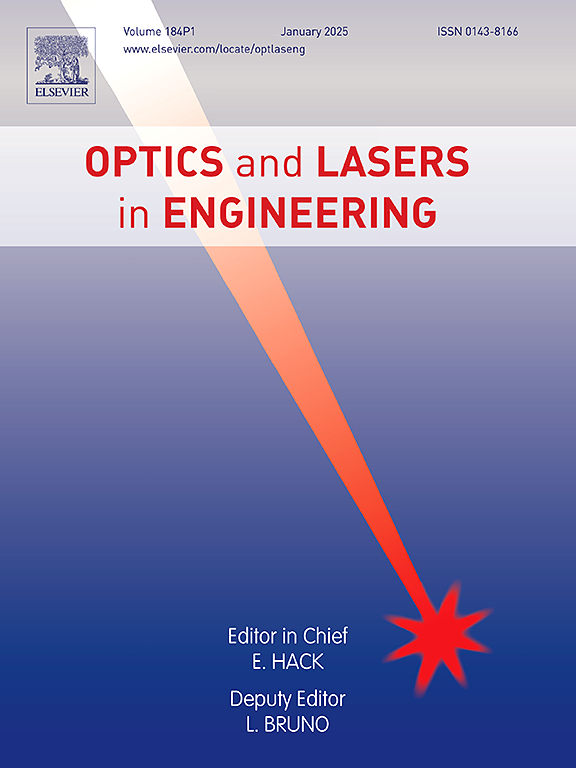A super-resolution reconstruction method for pixelated multispectral images from division-of-focal-plane sensors
IF 3.5
2区 工程技术
Q2 OPTICS
引用次数: 0
Abstract
Pixel-level division of focal-plane (DoF) sensors enable rapid and simultaneous multimodal imaging but sacrifice images’ resolution, which, for examples, are widely used for polarimetric and/or multispectral imaging applications. As a result, the acquired pixelated images often necessitate resolution enhancements to facilitate more precise information extraction. Existing methods for enhancing the resolutions of DoF images often suffer from some limitations such as the inaccurate reconstruction and the limited applicability. This paper presents a novel super-resolution reconstruction method to enhance the quality of multispectral images captured by pixel-level DoF sensors. The proposed method involves acquiring the reflectance image and extracting the structure image from the raw mosaic image, followed by fusing with the low-resolution multispectral images to generate high-resolution multispectral images. And to make full use of the detailed information of the structural image, the Huber penalty function is selected as the regularization term and introduced into the fusion model. In the experiment, this method obtains an average reconstruction error as small as 0.03 pixel, surpassing seven other existing reconstruction methods; moreover, it also exhibits notable advantages in various evaluation metrics, indicating its success in reconstructing high-resolution multispectral images and preserving both the spatial and the spectral information.
求助全文
约1分钟内获得全文
求助全文
来源期刊

Optics and Lasers in Engineering
工程技术-光学
CiteScore
8.90
自引率
8.70%
发文量
384
审稿时长
42 days
期刊介绍:
Optics and Lasers in Engineering aims at providing an international forum for the interchange of information on the development of optical techniques and laser technology in engineering. Emphasis is placed on contributions targeted at the practical use of methods and devices, the development and enhancement of solutions and new theoretical concepts for experimental methods.
Optics and Lasers in Engineering reflects the main areas in which optical methods are being used and developed for an engineering environment. Manuscripts should offer clear evidence of novelty and significance. Papers focusing on parameter optimization or computational issues are not suitable. Similarly, papers focussed on an application rather than the optical method fall outside the journal''s scope. The scope of the journal is defined to include the following:
-Optical Metrology-
Optical Methods for 3D visualization and virtual engineering-
Optical Techniques for Microsystems-
Imaging, Microscopy and Adaptive Optics-
Computational Imaging-
Laser methods in manufacturing-
Integrated optical and photonic sensors-
Optics and Photonics in Life Science-
Hyperspectral and spectroscopic methods-
Infrared and Terahertz techniques
 求助内容:
求助内容: 应助结果提醒方式:
应助结果提醒方式:


